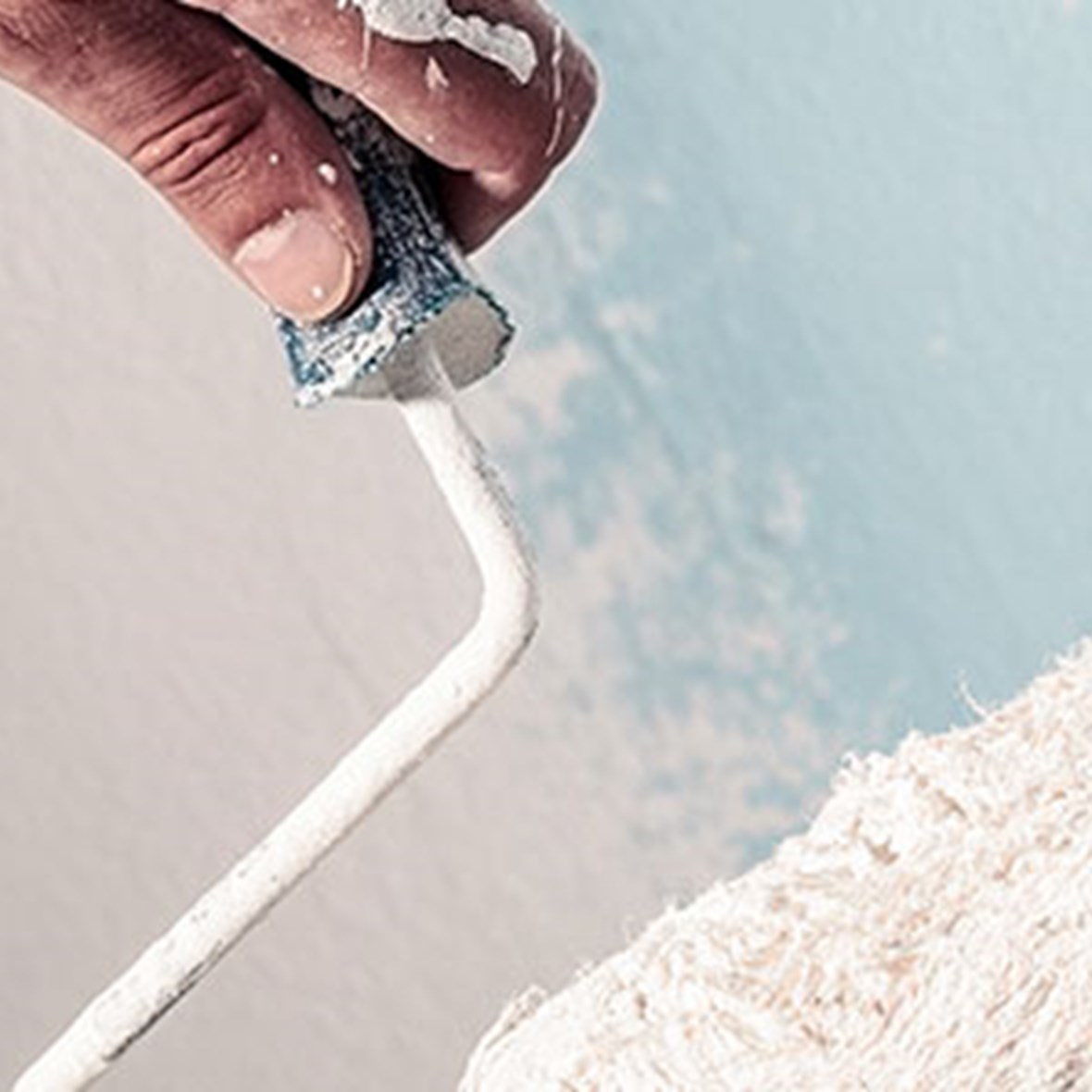Learn from the painting professionals whatever the weather
As with all paint manufacturers the company has products suitable for interior and exterior work. Their view is that a well prepared surface with properly applied paint from their range should not need redecorating for 7 or 8 years. It is a bold claim but they are really saying that the paint will last that long provided the surface it is applied to is up to the job.
Most decorators have a good idea of what preparation is required on exterior joinery but when a painted surface fails prematurely it is not unusual for the decorator to blame the paint. Teknos has been making paint for the extreme weather conditions of Scandinavia for many years and sells in countries where weather is extreme and unpredictable. Their experience in avoiding paint problems even goes so far as not leaving paint in delivery vehicles when the temperature drops. Of course they have no control over what happens to the paint when it is in the hands of the decorator but they offer plenty of good advice to help you get the best out of the paint.
For example, you should avoid placing paint on concrete floors in cold weather because it draws the heat out of the can and you are then putting on paint that is at a very low temperature and has little hope of drying before nightfall. Paint may be touch dry but still not dry underneath so coats should never be too thick.
Avoid putting paint on sharp edges because it will always flow away and be very thin on that point. Inevitably, it will crack and water will creep underneath. Every decorator knows that end grain needs special treatment because it absorbs water quickly. The company’s advice is to seal end grain with Teknoseal 4000 before painting. They also recommend gluing mitres with a sealant/adhesive rather than PVA.
Horizontal glazing beads are a common weak point, with splitting, twisting and warping of the bead breaking the integrity of the glazing joint, allowing water to flow off the glass, penetrate behind the bead and enter the glazing rebate. Rather than using timber beads you can use more stable water resistant wood composite beading. This looks similar to MDF but it is probably something such as Tricoya which won’t move or absorb water. The beads should be set on water proof polymer mastic. If possible avoid pinning, modern adhesive sealants are more than up to the job.
Finally, it is always best to avoid using joinery timber with knots but if you do have knots it is best to dry them out with a hot air gun and then, rather than trying to seal them with shellac, let the knot bleed through the water based paint. When it dries and crystalises it can be rubbed off with little or no damage to the pain film.
All these points will of course help you get the best out of any paint but Teknos is made to withstand the bit you have no control over, the weather.
